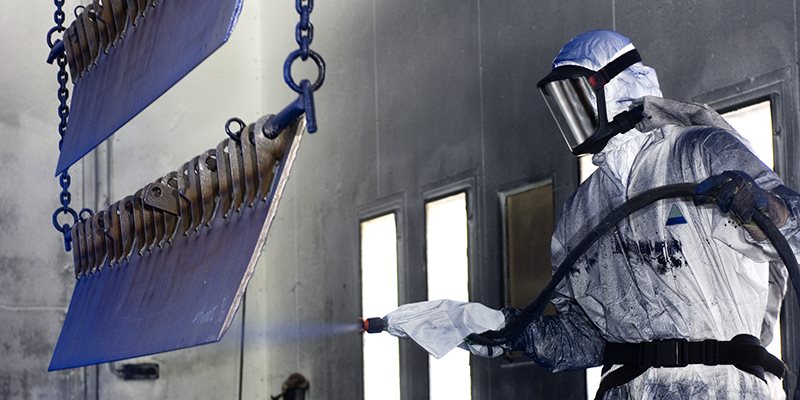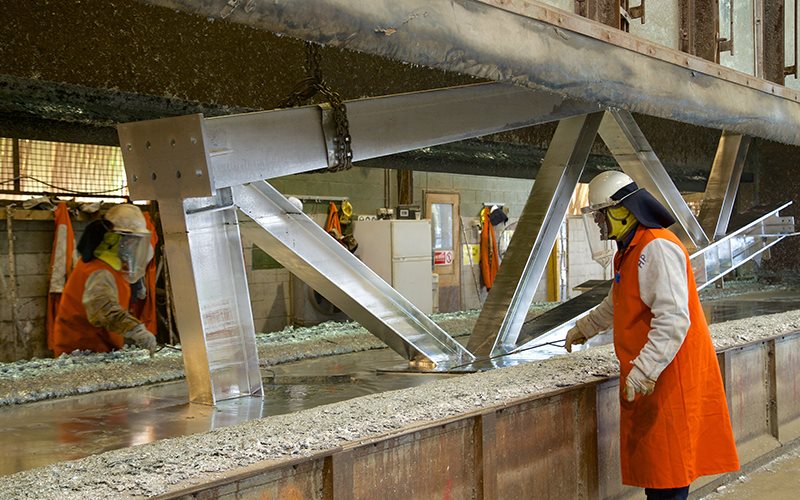

A range of industries support the core fabrication process, with subcontractors relied on to fulfil a number of needs.
Depending on the size and complexity of the project being undertaken, a fabricator may subcontract out a number of processes, including:
.jpg?variant=HalfWidth)
The surface preparation and application of paint coatings (or hot dip galvanizing) to the steelwork is usually carried out (if required) at the end of the fabrication process. If not done in-house by the fabricator, steelwork is transported to specialist painting shops, where surface preparation by grit blasting (or other means as appropriate). This process is undertaken prior to application of a paint system that has been specified to meet the performance requirements of the project, including design life, expected maintenance regime and the expected atmospheric corrosivity of the environment the structure will be placed in.

The coating system applied must meet performance requirements for aesthetics (colour and finish) and durability (corrosion protection and life to first maintenance). In some cases, intumescent coatings will be specified to meet fire resistance requirements.
Hot dip galvanizing is the process of dipping fabricated steel into a bath containing molten zinc. While the steel is in the bath, the iron in the steel metallurgically reacts with the molten zinc to form a tightly bonded alloy coating. Hot dip galvanizing protects steel from corrosion by providing a thick, tough, metallurgically bonded zinc envelope that completely covers the steel surface and seals it from the corrosive action of its environment.
The galvanized coating provides outstanding abrasion resistance. Where there is damage or minor discontinuity in the sealing coat of zinc, protection of the steel is maintained by the cathodic action of the surrounding galvanized coating.

The Galvanizers Association of Australia (GAA) provides substantial information on the galvanizing process, design detailing for galvanizing, specification, durability, sustainability and locations of galvanizers that may be suitable for your project.
Steelwork truss being dipped in the galvanizing bath. Courtesy Galvanizers Association of Australia.
Non-destructive testing (NDT), as part of the fabrication process, covers a range of testing techniques for ascertaining imperfections in materials, especially those relating to the effects of the welding process, without causing damage to the material or component. The most frequently used NDT methods are eddy-current, magnetic particle, liquid penetrant, radiographic, ultrasonic and visual testing.
Weld Australia provides further information on NDT methods and there are a range of companies in Australia specialising in application of NDT methods.